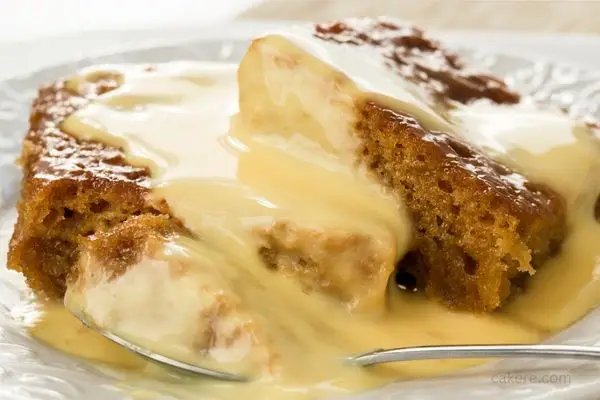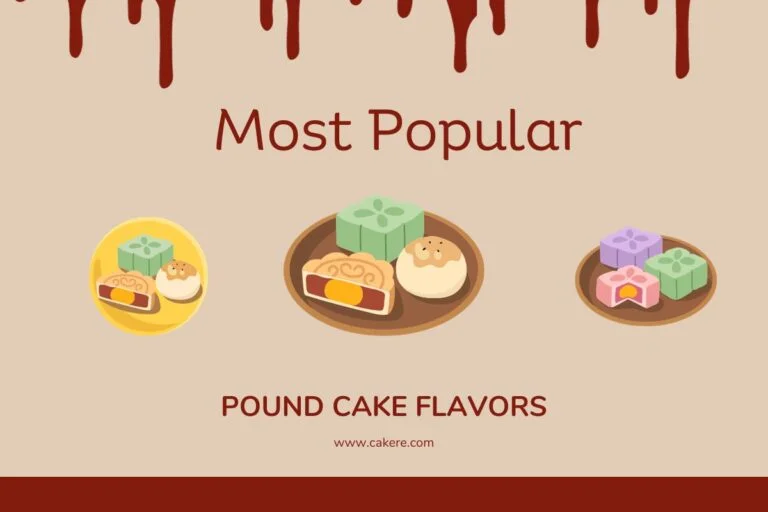Butter is a staple ingredient in many baked goods, from cakes and cookies to pies and pastries. It’s easy to take butter for granted in baking, but the truth is that it plays a crucial role in creating the texture, flavor, and overall quality of your favorite treats.
If you’ve ever wondered what butter does in baking and why it’s so important, keep reading to learn more.

- What is butter?
- Why is butter important in baking?
- How does butter affect the texture of baked goods?
- How does butter affect the flavor of baked goods?
- Choosing the right butter for baking
- FAQs about butter in baking
- Conclusion: The importance of butter in baking
What is butter?
Butter is a dairy product made from churning cream or milk. It’s made up of milk fat, water, and milk solids, and has a rich, creamy flavor and smooth texture. Butter is available in salted and unsalted varieties, and can be used for a variety of purposes in the kitchen, including baking.
Why is butter important in baking?
Butter is an essential ingredient in baking for a number of reasons. It provides moisture and flavor to baked goods, helps to create a tender texture, and can even affect the rise of certain baked goods. Without butter, many baked goods would have a dry, crumbly texture and lack the rich flavor that we associate with treats like cookies, cakes, and pastries.
How does butter affect the texture of baked goods?
Butter is a key ingredient in creating the tender, flaky texture that we love in many baked goods. When butter is combined with flour, it forms tiny pockets of air that help to create a light, airy texture. Butter also helps to prevent gluten from developing too much, which can result in tough, chewy baked goods. In some recipes, butter is even used to create a crispy or crunchy texture, such as in shortbread cookies or pie crusts.
How does butter affect the flavor of baked goods?
Butter has a rich, creamy flavor that can enhance the taste of baked goods. It also contains natural emulsifiers that can help to blend and distribute other flavors in the recipe. When butter is melted or browned, it develops a nutty, caramel-like flavor that can add depth to many baked goods. Additionally, butter can act as a carrier for other flavors, such as herbs, spices, and extracts, helping to enhance the overall taste of the recipe.
Choosing the right butter for baking
When choosing butter for baking, it’s important to select a high-quality product that will provide the best results. Look for butter that is fresh, with a rich, creamy flavor and a bright yellow color. Many bakers prefer to use unsalted butter, as it allows for more control over the amount of salt in the recipe. However, some recipes may call for salted butter, so it’s important to read the recipe carefully.
FAQs about butter in baking
While margarine can be substituted for butter in some recipes, it’s not always a one-to-one swap. Margarine contains more water and less fat than butter, which can affect the texture and flavor of baked goods. Additionally, margarine may contain additives and preservatives that can affect the quality of the recipe.



